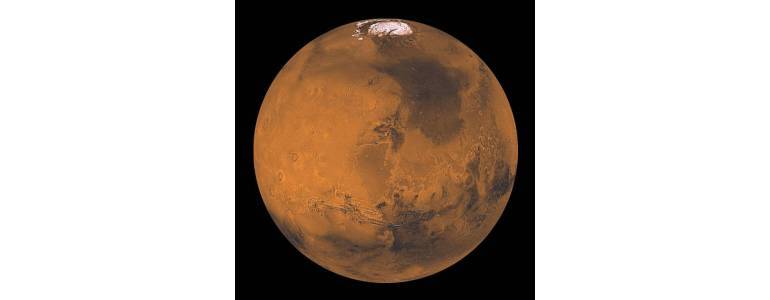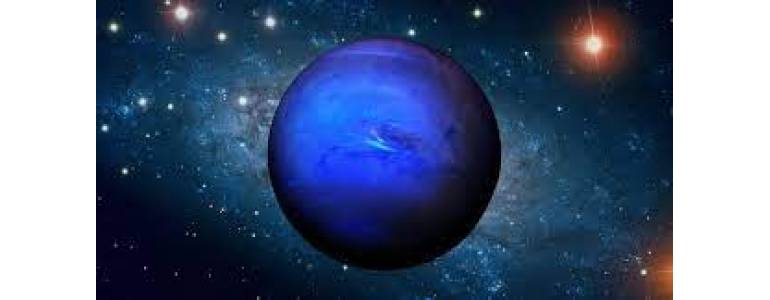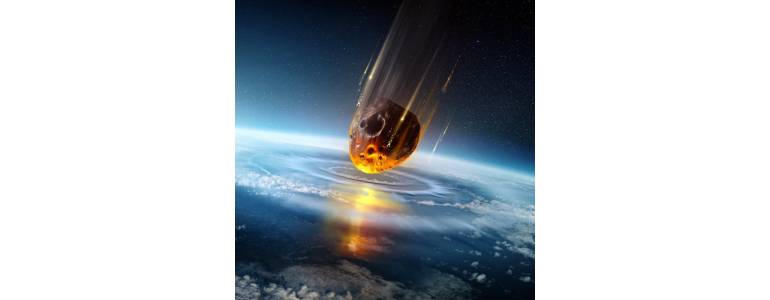OPTICAL TOYS
OPTICAL TOYS Optical toys. Since 1676, when the English physicist and mathematician Isaac Newton presented his work on the additive synthesis of color and retinal persistence, both phenomena became a source of inspiration for the design of optical toys. Based on the first of these principles, spinning tops and wheels with interchangeable discs were built, […]






